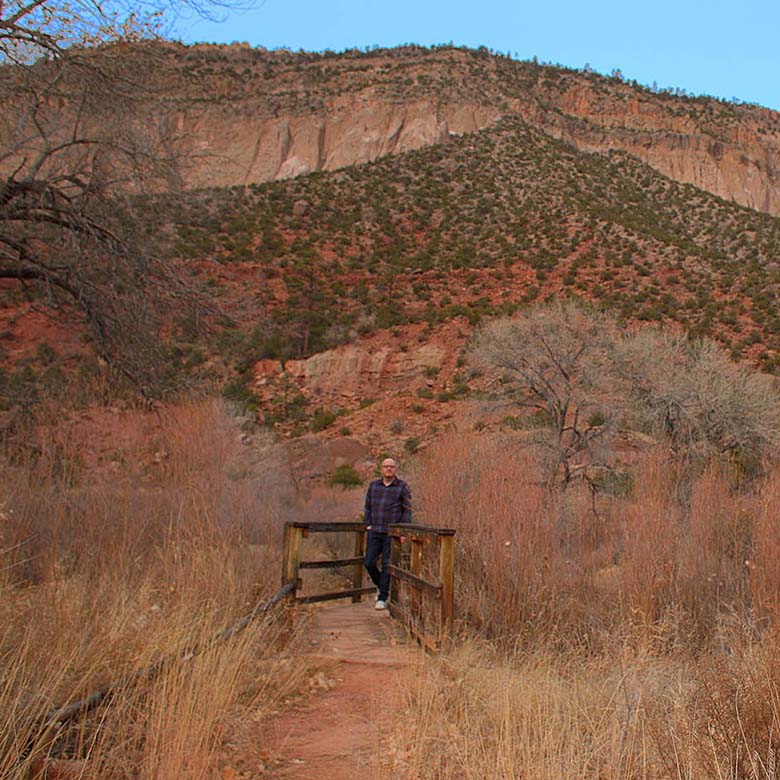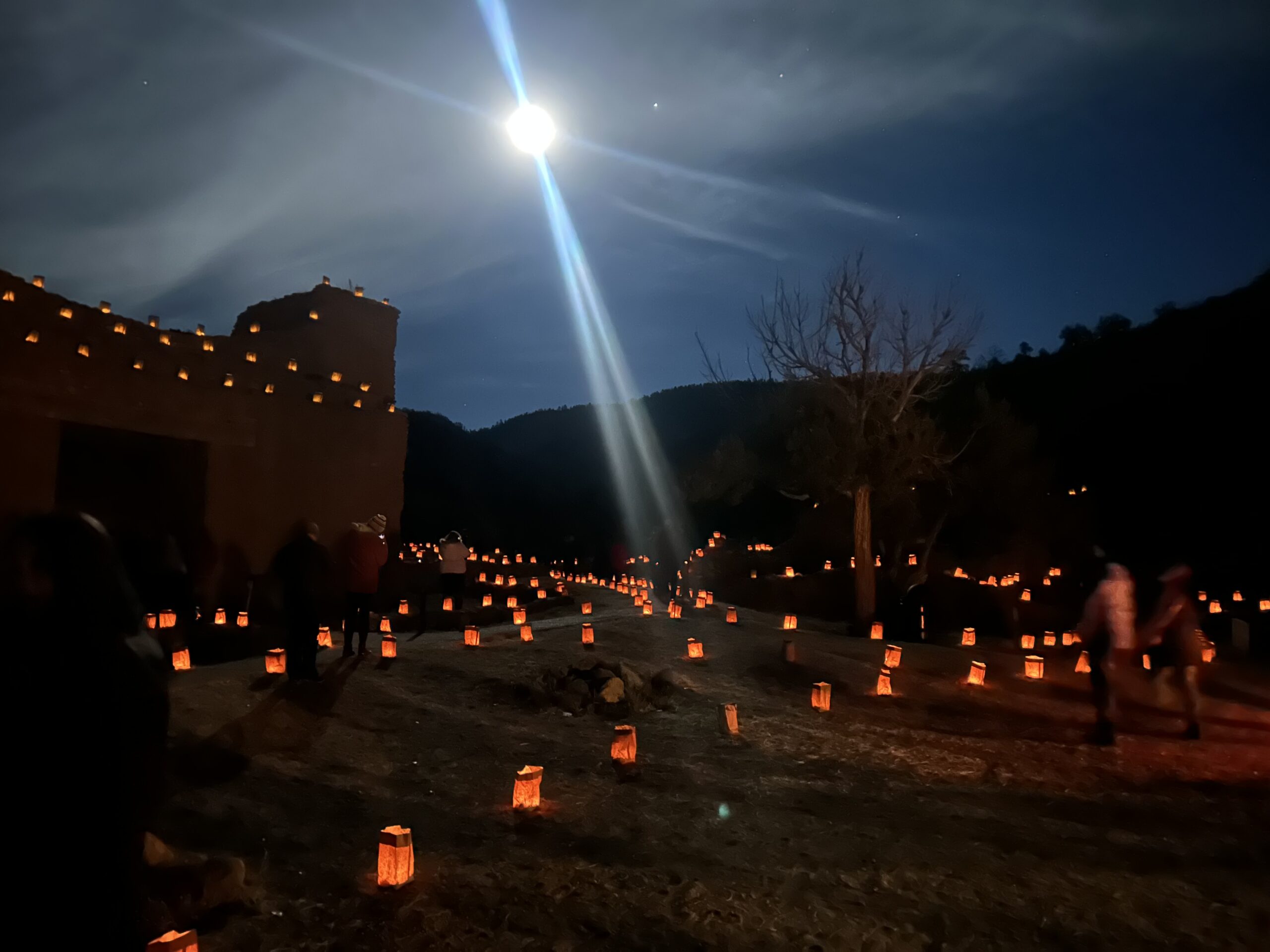
Finding Joy in the Darkness
I would like to take a moment of personal privilege to say Happy Birthday to all December birthday babies! Being a December birthday gal myself, I recognize that there is something beautifully poetic in celebrating a birthday during this time of year. As a child, this balance of beauty did not come easily for me to recognize, because you see not only do December Birthday’s compete for birthday-specific wrapping paper (please do not present a gift in Christmas wrapping paper to your December birthday friends!), birthday parties vs. holiday parties, and the many combined Merry Christmas/Happy Birthday greetings, but we also recognize the shared deep significance of this time of year.
As I have grown and matured, I have come to appreciate and embrace this season, specifically the time of the winter solstice, which takes place in a profound wonder amidst the levitating bliss of it all. The winter solstice – taking place on December 21st – marks the longest night of the year, a day when darkness seems to reign. It’s a time when many of us may feel the weight of long shadows, both in the natural world and in our own lives. For those carrying grief, loss, or burdens too heavy to name, the darkness can feel overwhelming. Yet, it is here, in this profound darkness, that the light of hope begins to shine.
The Gospel of John offers this assurance: “The light shines in the darkness, and the darkness did not overcome it” (John 1:5). This verse resonates deeply on nights like the winter solstice, when the darkness feels unyielding. It reminds us that light—even the smallest flicker—has the power to break through. The darkness cannot extinguish it.
The Longest Night Service – sometimes called a Blue Christmas Service which takes place on or around the Winter Solstice – is an acknowledgment of the tension that we live in a world that holds both darkness and light. This is not a service of easy answers or forced cheer. Instead, it is a sacred space to bring our whole selves before God—our grief, our doubts, our weariness—and to trust that even here, God meets us with compassion. These services tend to be truly authentic in recognizing that this season is not glitz and glam for all, rather this season may bring a time of tenderness, and with it, a sacred moment in time to acknowledge the darkness while kindling the light. It’s a reminder that God meets us in our honest cries.
John 1:5 anchors me in this season. It doesn’t promise the absence of darkness but declares the triumph of light. The Longest Night and Advent joy invites us to practice looking for glimmers of light in the most unexpected places. It could be in the laughter of a child, a phone call from a friend, or a moment of stillness in prayer. Often, it’s in these small moments that I rediscover the power of joy—not as fleeting happiness but as a gift rooted in hope.
As we move through this season, I’m holding onto the image of light piercing through the darkness. My prayer is that we all find joy in the small and large reminders of God’s unrelenting presence. Whether through a service like the Longest Night, a scripture like John 1:5, or a candle lit in anticipation, may we find the courage to celebrate joy—even, and especially, when the night feels longest.
As my December birthday arrives and we inch closer to Christmas, I’ll be reflecting on the gift of light—how it not only shines but transforms us, illuminating the path toward hope, peace, and joy.
Learn More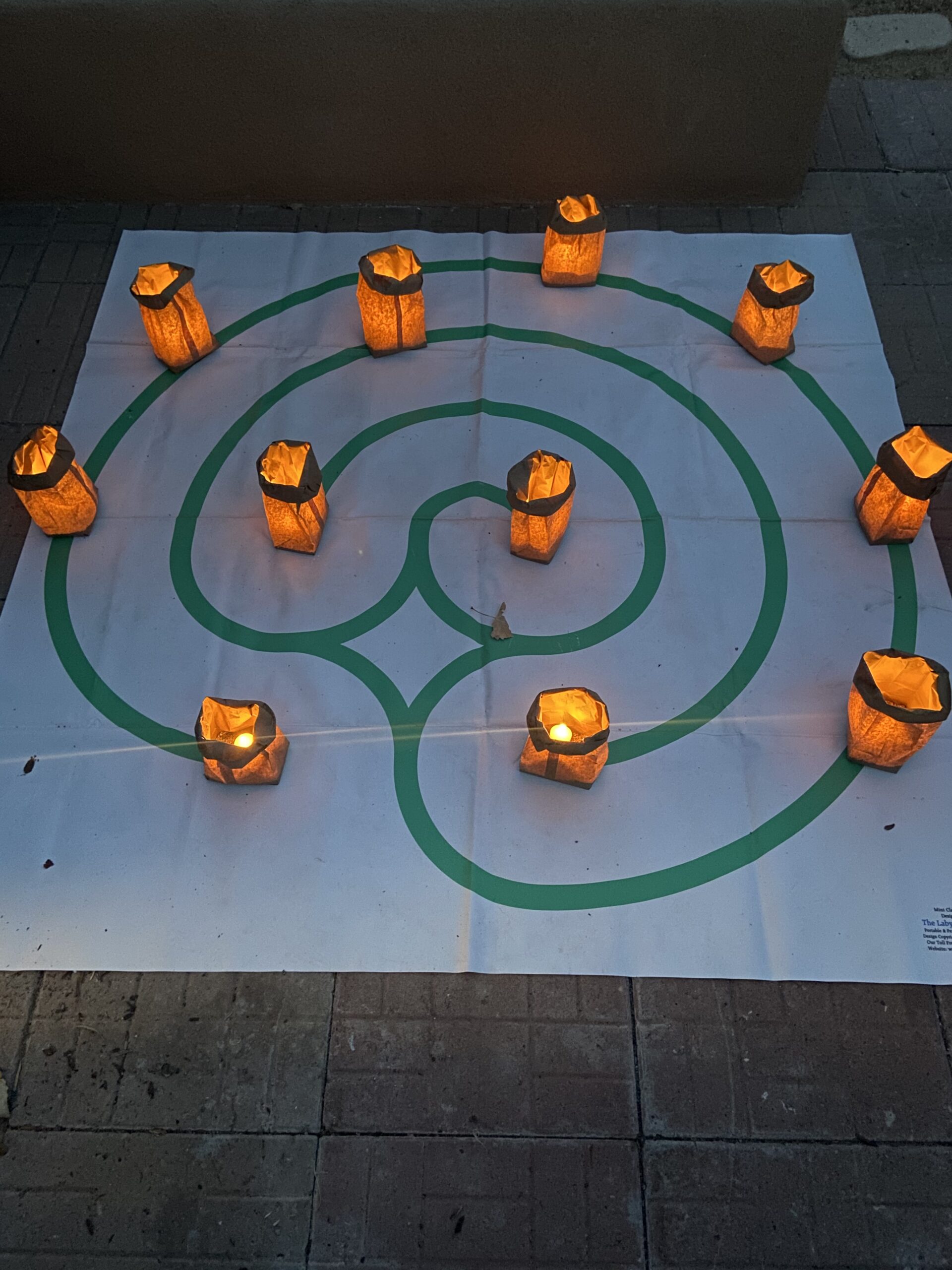
Ablation of the Soul: Creating Peace
Before worship began this morning, I found myself looking around the sanctuary and thinking, “There is just something about this time of year…” Maybe it’s the decorations – the Chrismon’s on the trees, the Advent Wreath, the nativity placed front and center, or the alter which seems to have been freshly poshed in a manner that is preparing for a special guest to arrive. Perhaps it’s the music this time of year, and the many known debates had behind the scenes of ‘What constitutes an Advent song exactly?” and “Can we please have some Christmas music before the 24th?” Perhaps it’s the reminder told through scripture of the story and the anticipation of the expectant birth of the Christ Child. Maybe, just maybe, it’s all of the above.
Worship this morning, made me pause and consider what the scripture reminder of Peace means in our world today. The concept of an ablation of the soul come to mind for me. An ablation is a surgical procedure used to remove or destroy tissue that causes harm. It is a precise, intentional act, one undertaken not to harm, but to heal. This concept has much to teach us about the journey toward inner healing and peace, a journey that often requires the ablation of the soul.
We carry within us emotional scars, fears, and burdens that weigh heavily on our spirits. Old wounds left unhealed and toxic narratives whispered by the world or even by our own insecurities have a way of lodging themselves deep within. These are the growths that hinder our ability to live fully, to love freely, and to find peace.
But what does it mean to undergo an ablation on the soul? It starts with honest introspection. Just as a surgeon uses scans and tests to locate the exact source of a physical issue, we must look inward, guided by prayer, reflection, and sometimes the wise counsel of others. Once identified, removing these spiritual obstacles often requires the delicate work of forgiveness—of others, and sometimes of ourselves. This forgiveness is not an act of condoning harm, but an intentional release of the grip pain has on our lives. It’s also about shedding harmful habits or beliefs that no longer serve us.
The process is not easy – recovery can be painful, even while it’s lifesaving. The spiritual work of ablation can feel daunting, as it often requires letting go of things we’ve clung to for far too long. As we take our time through this process – seeking support and care from those around us – we create space for something beautiful: Peace. This peace isn’t merely the absence of conflict but the presence of wholeness. It’s the kind of peace that allows us to sit with ourselves and others without resentment, to find joy even amidst life’s challenges, and to extend love generously.
The ablation of the soul isn’t a one-time event; it’s an ongoing process. Each layer of healing invites us into deeper peace and a fuller understanding of who we created to be.
So, let us embrace the work of creating peace—not just outwardly in the world, but inwardly within our own hearts.
May your journey toward peace be courageous, healing, and full of grace.
Learn More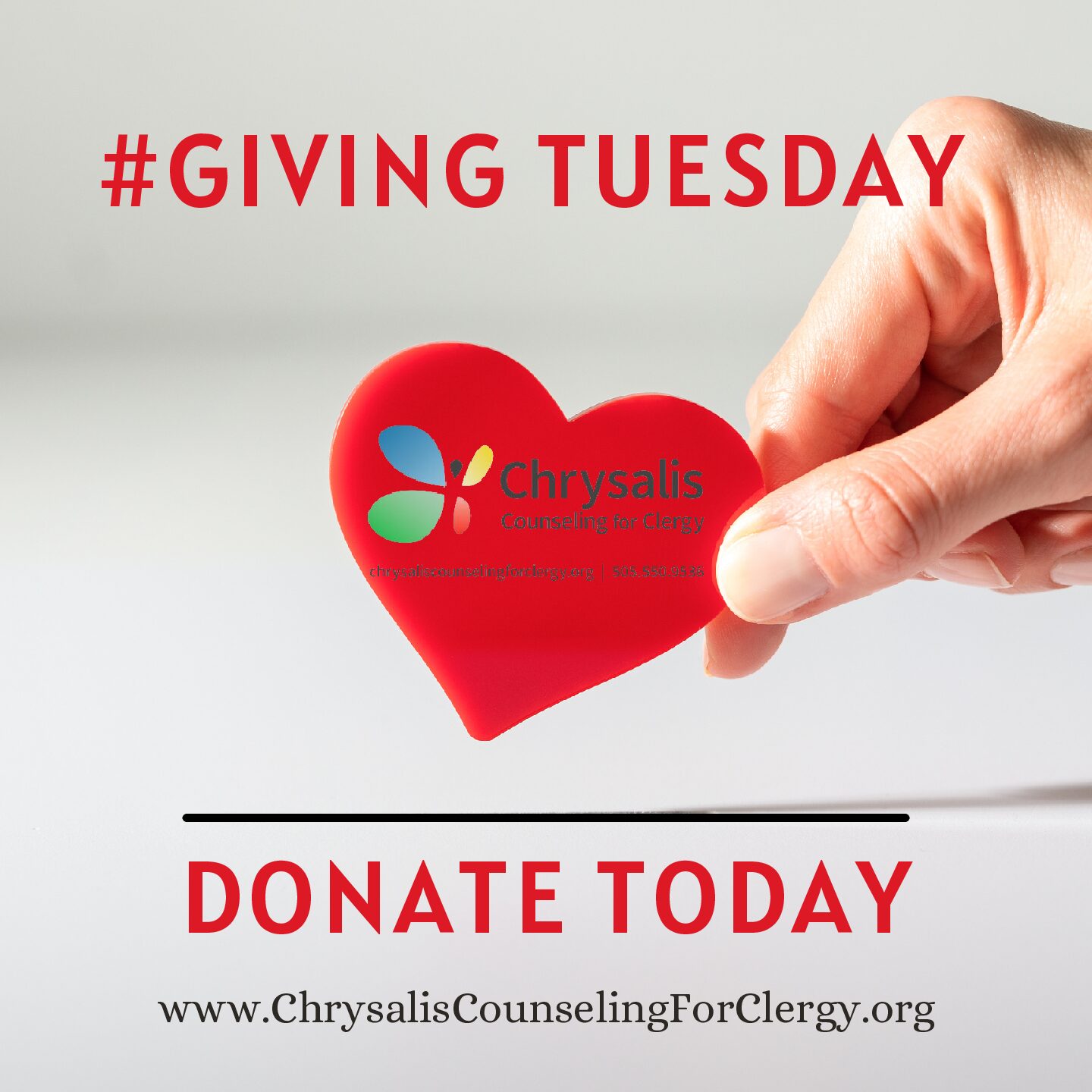
The Gift of Giving
#GivingTuesday Reflection
The season of Advent is here—a time when we light the first candle of the Advent wreath and lean into the promise of hope. This week, we are invited to reflect on the profound intersection of hope and generosity, especially as we participate in the upcoming celebration of #GivingTuesday.
Advent teaches us that hope is not passive. It is an active force, born out of faith in a brighter future. It’s the kind of hope that compels action, encouraging us to be part of God’s work in the world. When we give, we become bearers of hope for those in need—hope for healing, restoration, and new beginnings.
GivingTuesday provides a beautiful opportunity to embody this spirit. In a world where the headlines often tempt us toward despair, giving reminds us that we are not powerless. Whether we give our time, resources, or talents, we participate in the great story of hope that Advent proclaims.
Practical Ways to participate in #GivingTuesday This Week:
- Support the work of Chrysalis: Whether it’s a donation in a special clergy’s memory, a donation to support clergy who may not be able to cover retreat registration costs or the cost of telehealth, or it’s a donation to support the administrative work of this organization, your contributions makes a tangible difference.
Making a tax-deductible donation is easy: Follow the prompts on the website – Listed under the Solutions page/bottom of page (https://chrysaliscounselingforclergy.org) where you can pay directly with your credit card – and recurring if you wish – or, you are welcome to send a check in the mail if that is easier for you (808 Manzano St, NE Albuquerque, NM 87110). - Volunteer: Sometimes, the gift of presence is the most valuable. Volunteer at a community meal or visit someone who could use a companion.
- Acts of Kindness: Small gestures—a handwritten note, a cup of coffee for a coworker, or a prayer—can light a spark of hope in someone’s life.
This Advent, let us ask ourselves: How can my giving embody the hope Christ brings into the world? Let us take the light of that first candle and carry it into the lives of others, trusting that our acts of generosity, no matter how small, are sacred.
As we give, we remind ourselves and others of the truth that lies at the heart of this season: The light shines in the darkness, and the darkness cannot overcome it.
May our giving be a reflection of God’s abundant love, and may it kindle hope in every heart!
A Prayer for Hopeful Giving
God of Hope,
You are the Giver of all good gifts.
As we enter this sacred season of waiting,
Teach us to be generous with what we have and who we are.
May our giving reflect your light and love,
Bringing hope to the weary and joy to the sorrowful.
In the name of Christ, our Living Hope, we pray. Amen.
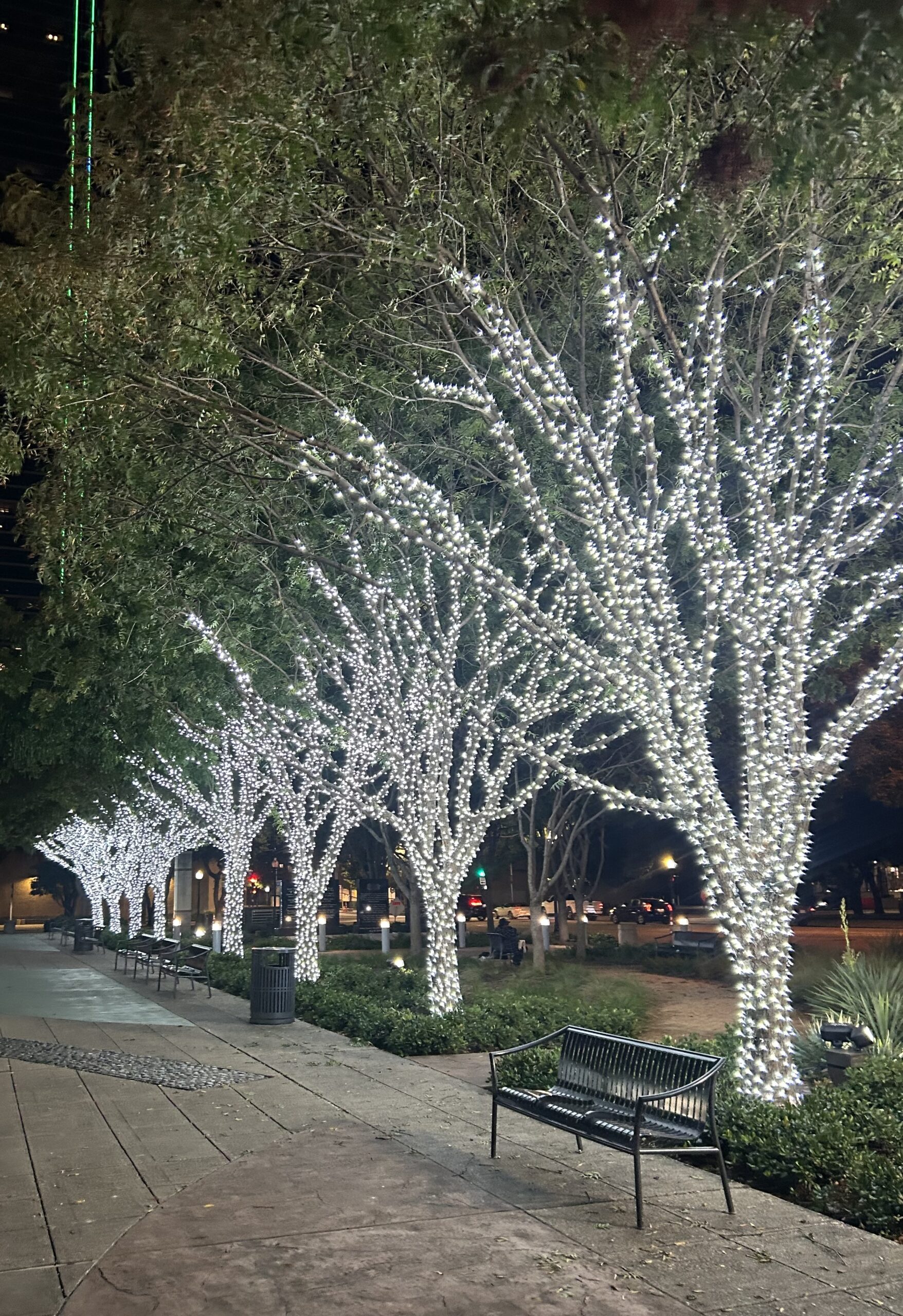
Keeping True to Self: Being Intentional During the Holiday Season
So often during the holiday season, I find myself so lost in the call to be with others and to fill their cup, that I forget to find space and time to fill mine. The holiday season is a time filled with joy, traditions, and celebrations—but it can also bring an overwhelming sense of busyness, financial strain, and pressure to meet expectations. Amid the whirlwind of events, gift-giving, and decorating, it’s easy to lose sight of what matters most.
How do we stay true to ourselves and our values during this bustling time of year?
The answer lies in intentionality—aligning our actions with our deepest values and beliefs. By taking time to reflect and make conscious choices, we can transform the holidays into a season of authenticity and peace.
1. Know Your Values
Take a moment to reflect on what you truly cherish about this season. Is it time with loved ones, acts of generosity, or moments of spiritual renewal? Write down your top three priorities. Knowing your values will act as a compass, guiding how you spend your time and resources.
2. Spend Your Time Wisely
Time is one of the most valuable gifts we have. Ask yourself:
- Does this activity or commitment align with my values?
- Am I saying “yes” because I truly want to or out of obligation?
Consider setting aside dedicated time for what nourishes your soul—whether it’s baking cookies with your family, volunteering for a cause, or attending a candlelight service.
3. Mindful Spending
The pressure to buy expensive gifts or over-decorate can create financial stress. Instead, focus on giving in ways that align with your values:
- Experience gifts: Give the gift of time, such as a planned outing or shared activity.
- Homemade gifts: Create something personal, like baked goods, crafts, or a handwritten note.
- Charitable giving: Honor someone by donating to a cause close to their heart.
4. Set Boundaries
It’s okay to say no to things that don’t serve you. Decline invitations if they overextend you, and don’t feel pressured to spend beyond your means. A kind but firm “I appreciate the invitation, but I can’t commit to that this year” is all it takes.
5. Create Intentional Traditions
Rather than falling into the trap of “we’ve always done it this way,” ask yourself if each tradition brings you joy or meaning. If not, consider starting a new tradition that reflects your current values and stage of life.
6. Pause and Reflect
Amid the hustle, carve out quiet moments to reflect on the true meaning of the season. Whether it’s through prayer, meditation, journaling, or simply sipping hot cocoa in silence, these moments of stillness can ground you.
Hear This – The holidays are not about perfection; they’re about connection—connecting with your values, your loved ones, and your faith. When we live intentionally, we experience a season that truly reflects who we are.
This year, give yourself the gift of presence, authenticity, and peace. Let your holidays be a celebration of what matters most!
Learn More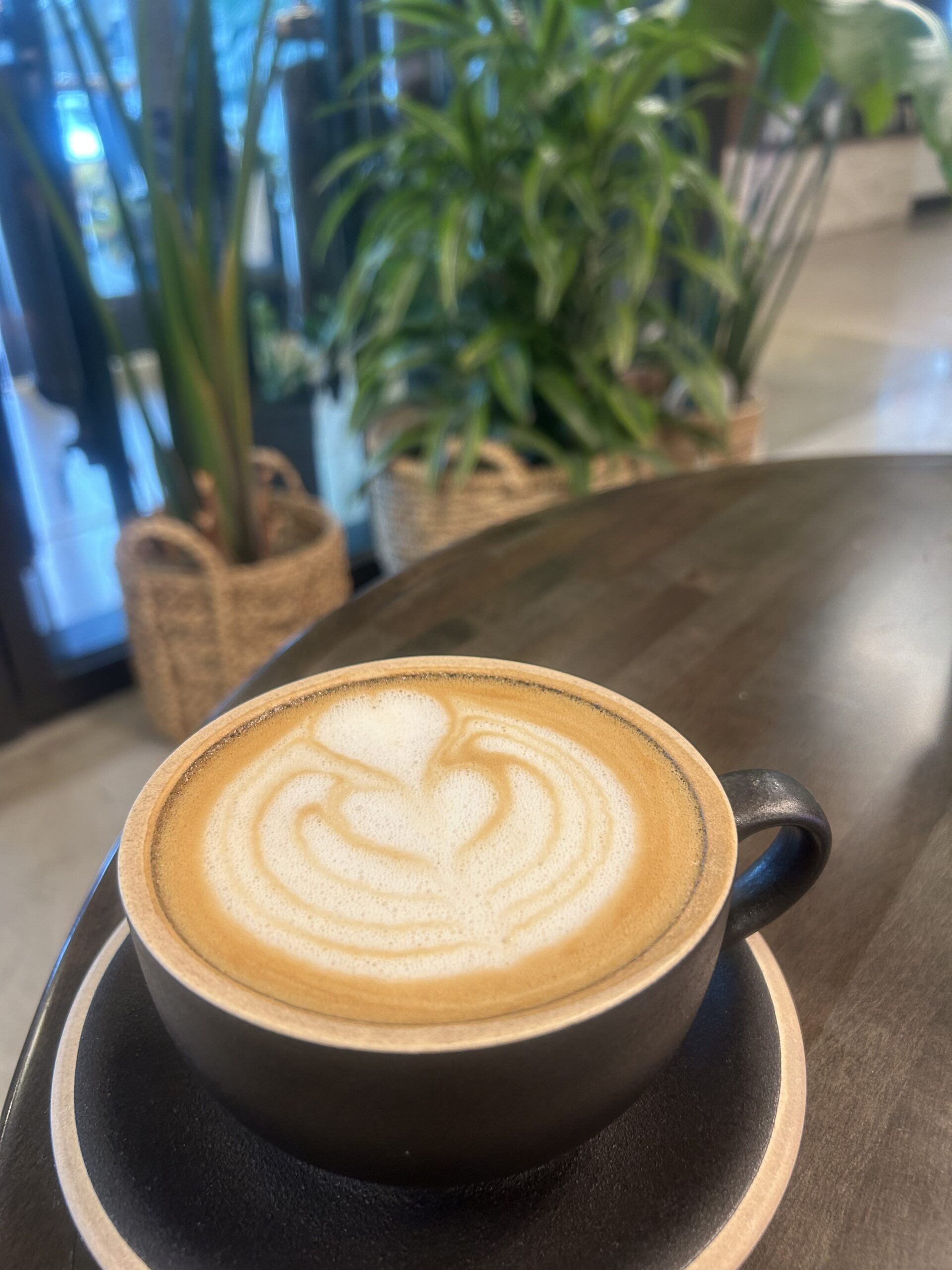
Do you have 8 Minutes to Spare?
Recently, a friend shared a YouTube video featuring leadership speaker and author, Simon Sinek. The topic was about being present and aware in your relationships with others, and he focused on the concept of Eight Minutes.
The concept is simple: Eight Minutes may not seem like a lot of time, but based on research, it’s long enough to give someone your full attention, to listen with an open heart, and to offer words of encouragement. It’s short enough to fit into even the busiest of schedules, yet meaningful enough to create a lasting impact.
The idea for this practice was sparked by reflecting on moments of unexpected connection. I think of those times when a brief encounter—a quick coffee break, a passing chat in the hallway—turns into a memorable exchange. These are the small moments when we realize that deep connection doesn’t always require a deep dive; sometimes it’s just about showing up, even if only for a few minutes.
The reality is, we have the ability to create powerful moments of connection in our lives. It begins with a simple question: Do I have 8 minutes to spare?
How to Practice 8 Minutes:
- Set the Intention: Choose someone you’ve been meaning to connect with. It could be a friend, a family member, or a church member you haven’t seen in a while. Set aside 8 minutes, either in person, on the phone, or through a video call.
- Be Present: For these 8 minutes, give the person your full attention. Put away distractions and listen deeply. Ask how they are, and really listen to the answer. Sometimes people just need a space to share what’s on their hearts.
- Offer Encouragement: Use this time to offer a word of kindness or encouragement. Share a scripture that’s been meaningful to you recently or simply express gratitude for the person’s presence in your life.
- Pray Together: If you feel comfortable, offer a brief prayer. It doesn’t have to be long or elaborate; a simple prayer for peace, strength, or gratitude can be a powerful way to close your time together.
The beauty of 8 Minutes is in its simplicity. It’s a reminder that we don’t need to wait for perfect circumstances or large chunks of time to make meaningful connections. We can create moments of grace in our everyday lives, in just 8 minutes.
So, I challenge you this week—reach out to someone. Ask them, Do you have 8 minutes to spare? You may be surprised at how much can change in that short span. A little time can go a long way when it’s filled with intention, love, and the desire to connect.
In a world where we often feel we’re too busy to catch up, let’s reclaim the power of 8 minutes.
Learn More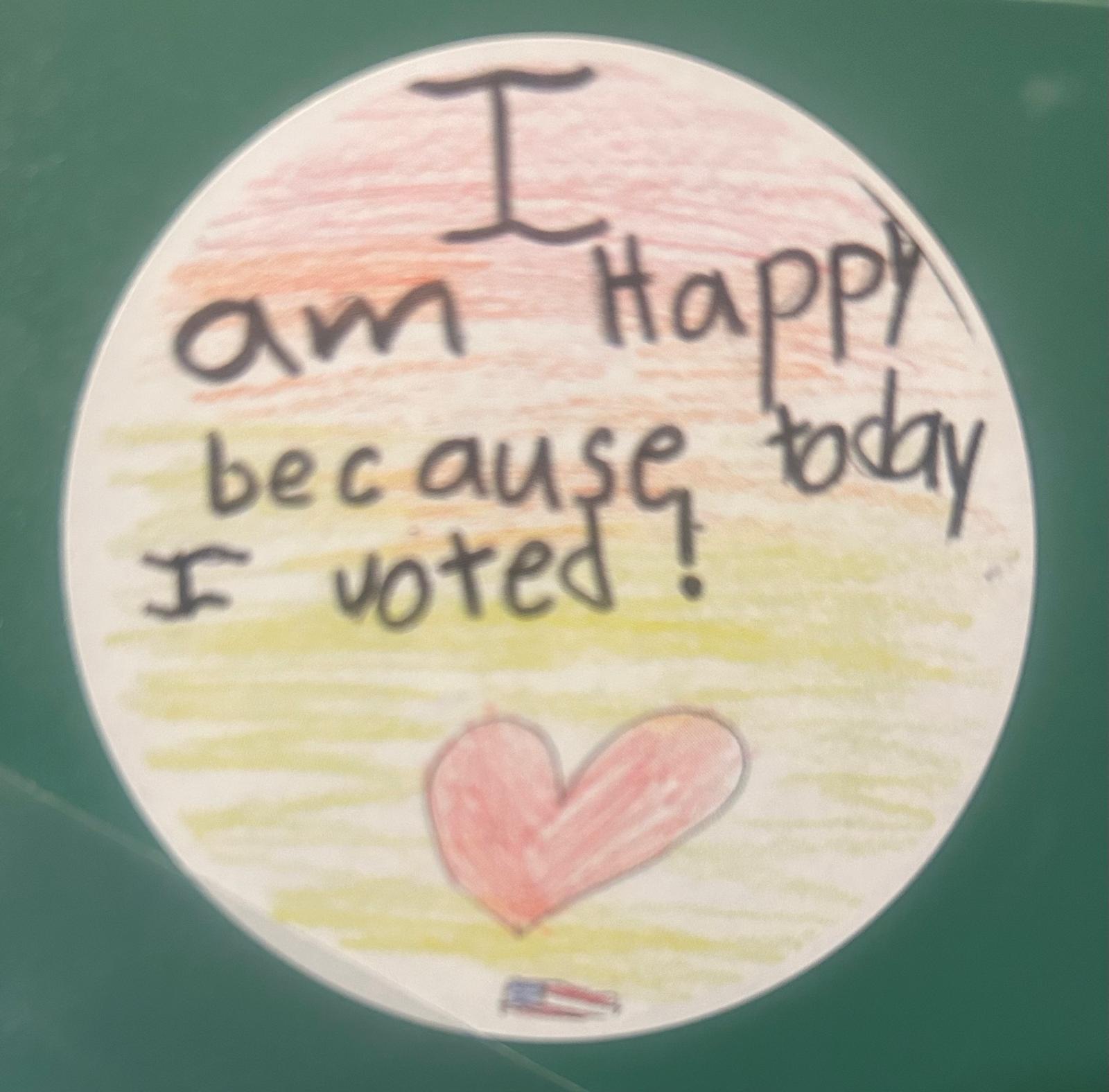
Election Saturation: The Meaning of Winning
Over the past few days, I have noticed something – my neighbors, friends, and family seem a
little…something. Political signs are coming down and being replaced with early signs of the
Christmas season – perhaps to bring some light into the world so we can see the stars. I would be
negligent to ignore the fact that we, as a country, have just completed a long season of our
airwaves thick with ads and the persistent buzz of politics. For months, we have been inundated
with messages urging us to vote, to choose sides, and to rally behind a candidate. The sheer
volume of it all can feel overwhelming and leave us disillusioned. There is even a new clinical-
ish phrase that is being tossed about referencing these feelings – election saturation.
And in the middle of it all, I am left with the question: What does it really mean to win?
For candidates, winning is straightforward: securing the majority, getting the office, and having a
mandate to lead. For voters, it’s more complicated. The act of voting is a statement of values,
hopes, and fears. Yet, once the dust settles and the confetti is swept away, the real question
emerges—what have we truly won?
Our culture loves the idea of winning. Sports, business, even social media followers—the more,
the better. Politics often gets wrapped up in this same competitive fervor. But the truth is, victory
at the polls doesn’t always translate into meaningful change or lasting impact. Just as a sports
team might win a game but still have deeper issues to address, an electoral victory can be hollow
if it’s not accompanied by genuine progress.
If the win comes at the expense of integrity, compassion, or unity, can we call it a victory at all?
When the focus is purely on defeating an opponent rather than on building something better
together, we may find that winning feels more like losing. This isn’t about political parties or
ideologies; it’s about the deeper currents that run through our democratic process.
Election cycles often leave us divided, exhausted, and disillusioned. In the pursuit of a win, we
may sacrifice relationships, compromise our values, or lose sight of the common good. The
rhetoric heats up, and the world gets reduced to black and white, us versus them.
And then, when the results come in, nearly half the population feels defeated. This constant
pendulum swing can create a sense of instability, as if we’re always on the verge of upheaval.
The cost of winning, in this context, is a fractured society.
What if we looked beyond the final count and saw the election process as a moment to engage
deeply with one another? Instead of seeing our neighbors as opponents to defeat, what if we
viewed them as fellow citizens, each holding pieces of the larger puzzle? True victory might be
less about who gets the most votes and more about whether we emerge from the process with a
stronger sense of community, shared purpose, and a commitment to understanding.
Winning, in this light, means ensuring that every person feels heard, valued, and included,
regardless of the outcome. It’s about finding ways to bridge divides and create a sense of shared
responsibility for the future. This kind of victory doesn’t show up in the headlines or the polling
numbers, but it lays the groundwork for a healthier, more resilient society.
The day after the election, life goes on. We wake up to the same sunrise, face the same
challenges, and live alongside the same neighbors. The real work of winning begins then. It
involves healing wounds, rebuilding trust, and finding common ground. It’s about asking
ourselves what kind of world we want to build together, beyond the ballot box.
This isn’t easy. It requires us to listen deeply, to empathize with those whose experiences differ
from our own, and to resist the urge to retreat into the comfort of our echo chambers. But it’s in
this challenging space that we find the true meaning of winning—not in the victory itself, but in
the work that follows.
As we navigate yet another season of election saturation, let’s remember that the process is
bigger than any one candidate or issue. It’s an opportunity to engage, to reflect, and to participate
in the grand experiment of democracy.
The next time we cast a vote, let’s consider not just who we want to win, but what kind of victory
we are hoping for. Is it one that leaves us divided and bitter? Or is it a win that draws us closer to
a shared vision, even if it means we need to compromise, listen, and learn?
In the end, the true measure of winning is not the tally of votes but the health of our community
and the strength of our relationships. It’s about finding ways to turn election saturation into an
opportunity for deeper connection and understanding.
Maybe then, we will have truly won something that matters.
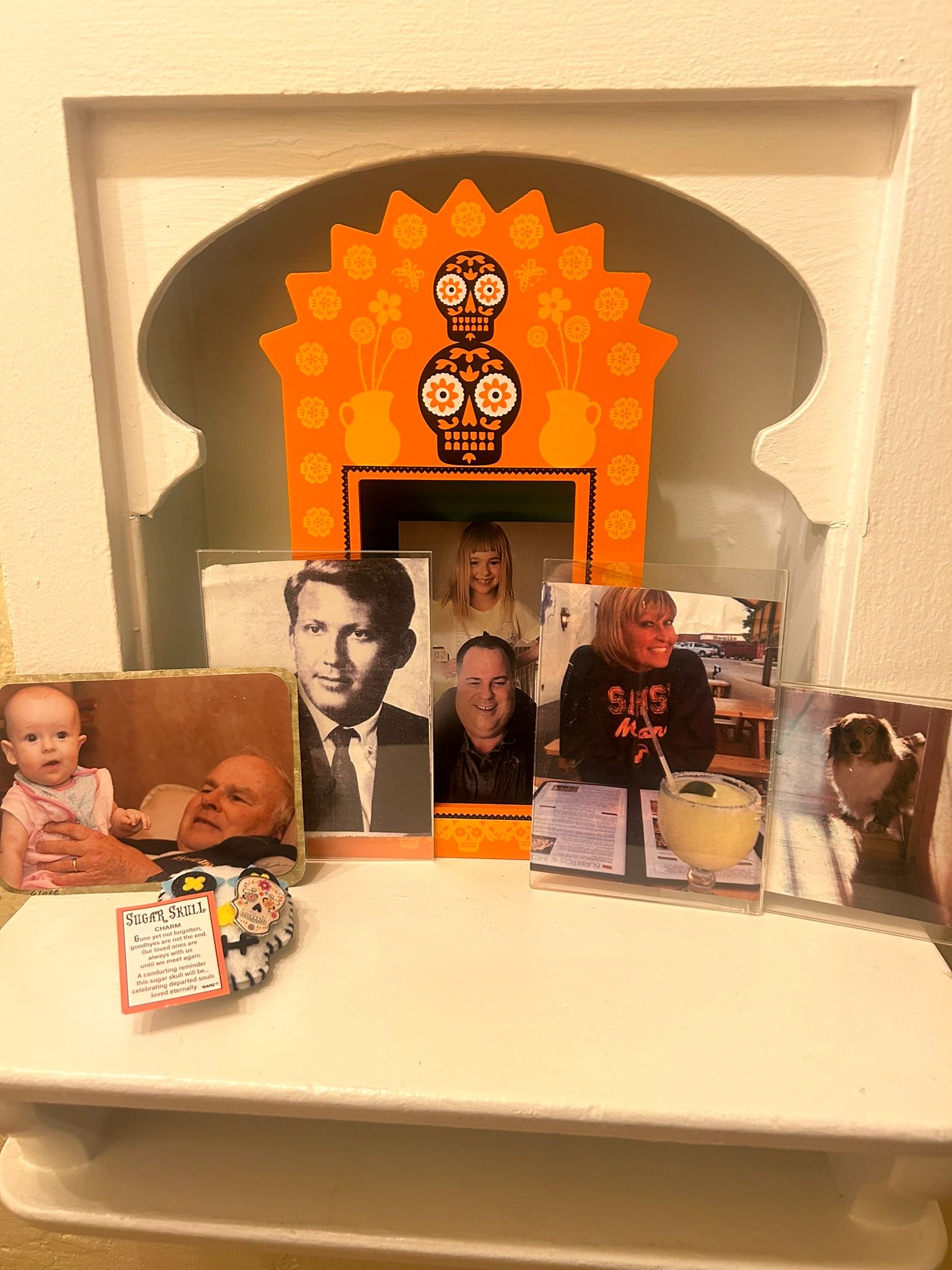
Remembrance: Honoring Life and Death
This is by far, my favorite time of year. The summer heat has finally subsided and has given way
to the colorful falling leaves and the freshness of the crisp air. Late October and early November
carry a unique beauty—it’s a season where cultures around the world converge to honor the dead
and reflect on mortality. Halloween, All Saints’ Day, and Día de los Muertos (Day of the Dead)
each bring unique ways to remember the departed, celebrating the eternal bond between the
living and the dead.
Growing up, Halloween was a time to dress up as my favorite hero or a career I aspired to live
into as an adult. I appreciate it’s history, as Halloween’s roots trace back to ancient Celtic
traditions, particularly Samhain, which marked the end of harvest and the beginning of winter—a
time when the veil between worlds was believed to thin. People wore costumes to confuse
wandering spirits, and they lit bonfires for protection. Today, Halloween has become a fun,
lighthearted celebration filled with costumes, haunted houses, and a touch of eerie wonder. Still,
underneath the revelry lies a subtle acknowledgment of life’s fragility, reminding us to savor
each moment.
As a person of faith, All Saints’ Day – which is observed on November 1 st or the 1 st Sunday in
November – plays a special role in my life. This is a day where many Christians honor the saints
and martyrs who have come before. Unlike Halloween’s playful spirits, All Saints’ Day is a
solemn reminder of those who devoted their lives to faith and compassion. This day invites us to
consider not only the famed saints but also the “everyday saints” among us—the quiet heroes
who, through acts of love and kindness, embody the light of faith. In remembering them, we
connect with our roots, drawing inspiration from their courage and commitment.
My absolute favorite celebrations originates from Indigenous Mexican traditions, Día de los
Muertos – November 1-2 -and is a joyous, colorful celebration honoring deceased loved ones.
Families gather to create ofrendas – or altars – adorned with photos, marigolds, candles, and food,
inviting the spirits to reunite with the living. In my home every year, we put together an ofrenda
and we share stories of those who have passed – this is an important tradition that keeps the
memories of those who have gone before alove and well within our home. Unlike Halloween’s
ghosts, these spirits are warmly welcomed as cherished guests. Día de los Muertos serves as a
beautiful reminder that death is not an end but part of a continuum, a shared journey with those
who came before.
These traditions—Halloween, All Saints’ Day, and Día de los Muertos—invite us to reflect on
mortality in different ways. While Halloween asks us to confront our fears of the unknown, All
Saints’ Day encourages us to consider the legacy of goodness we can leave behind. Día de los
Muertos reminds us to embrace memory, celebrating life even amid death. Together, these
observances remind us that while death is a part of life, so too is the love, joy, and spirit that
continue on.
In remembering, we carry forward the essence of those who have left us, keeping them alive in
our hearts and stories. Whether through costume and laughter, prayer and gratitude, or colorful ofrendas, these days invite us to honor those we love, embracing a cycle of life and death with
reverence and joy.
I hope you find joy and celebration in the remembrance of this season!
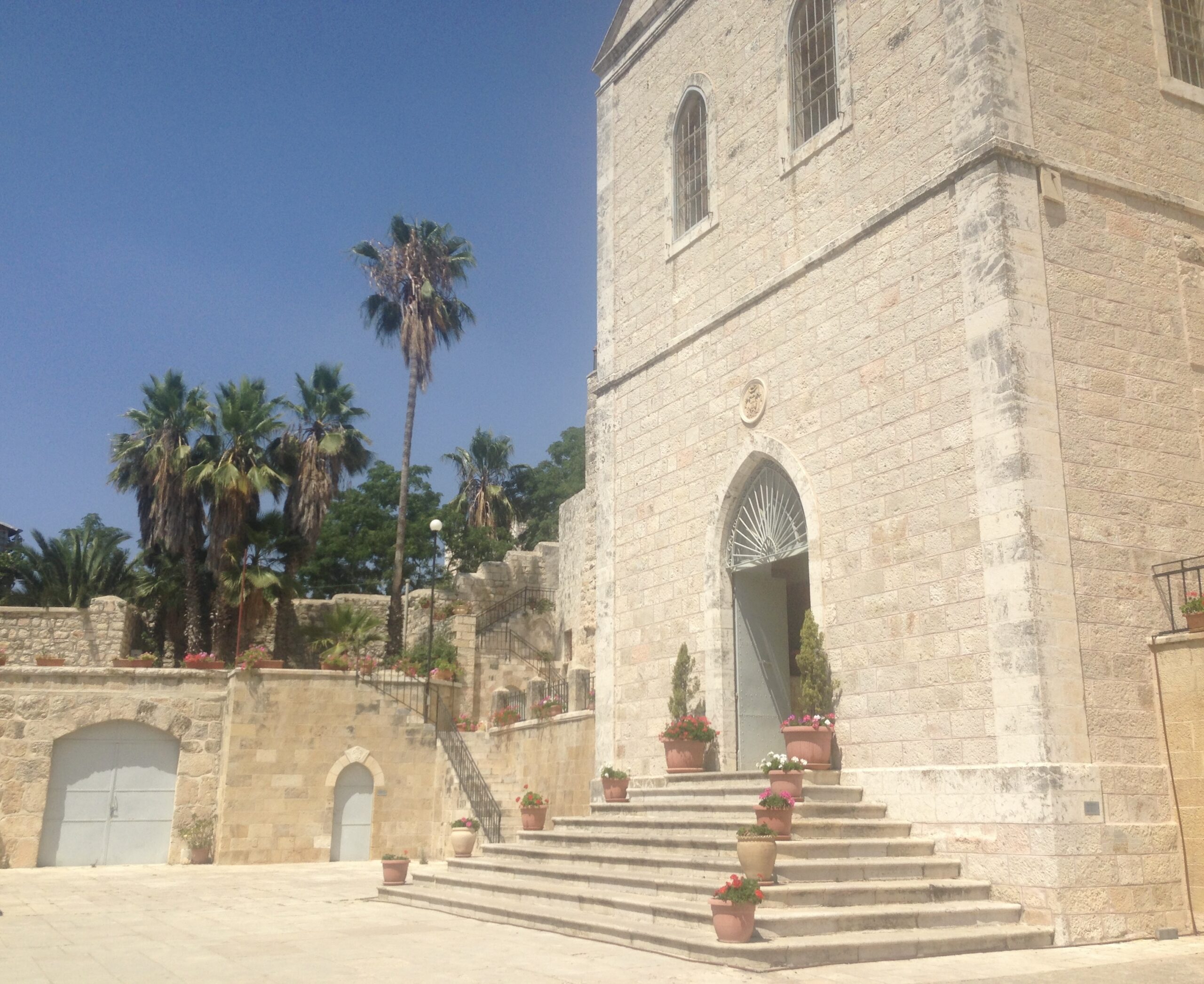
The Not-So Obvious Purpose of Pilgrimage
In 2014, I had the privilege to visit the Holy Land, a dream for so many people of faith. Now, as
I look back on it a decade later, I can still feel the echoes of that journey in my life. It’s strange
and wonderful to reflect on how that time left a lasting imprint on my soul. And now, when I
think of the word pilgrimage, I realize it means much more than simply visiting historic sites. It’s
a journey with purpose, a quest to connect deeply with something sacred and eternal.
A pilgrimage is a journey that moves you both physically and spiritually, taking you outside the
familiar and inviting you into experiences rich with meaning. Walking the paths and witnessing
the sights of the Holy Land brought scripture to life in a vivid and unforgettable way. Standing
on the shore of the Sea of Galilee, I imagined Jesus calling to the fishermen, the air filled with
peace that transcends time. I remember the quiet power of the Garden of Gethsemane, where the
olive trees stood as living witnesses to Jesus’ final hours. Each place carried a story that I could
feel deeply.
Jerusalem itself was a revelation, a city where the sacred meets the everyday in bustling markets,
ancient walls, and people from all over the world. Walking through the winding streets, I was
overwhelmed by the sense of history, resilience, and devotion that permeated everything –
including the smells and sounds of the area. Here, in a place where diverse faiths converge and
coexist, the tapestry of humanity became so real to me. In that moment, I realized pilgrimage is
about finding connection—not just with God or a specific place, but with the generations of
people who came before and those who will follow after.
What I learned on that pilgrimage has continued to shape me. At the time, I expected it to be
meaningful, but I didn’t fully understand that the meaning I anticipated was not the meaning that
stayed with me. My journey wouldn’t end when I left the Holy Land. In some ways, the
experience opened my eyes to the sacredness that can be found at home, too. While the Holy
Land is unique in its significance, the real essence of pilgrimage can live on in our everyday
lives, as we seek to draw closer to God and each other.
Looking back ten years later, I realize that the gift of pilgrimage isn’t limited to that trip. The
memories, insights, and feelings it stirred in me are still part of my faith journey today. Perhaps
that’s the magic of pilgrimage—though it may last just a few days or weeks, the experience has a
way of unfolding for years, deepening and enriching our lives in unexpected ways. For me, that
journey to the Holy Land remains a reminder of faith’s beauty, mystery, and the unending search
for connection with the divine.
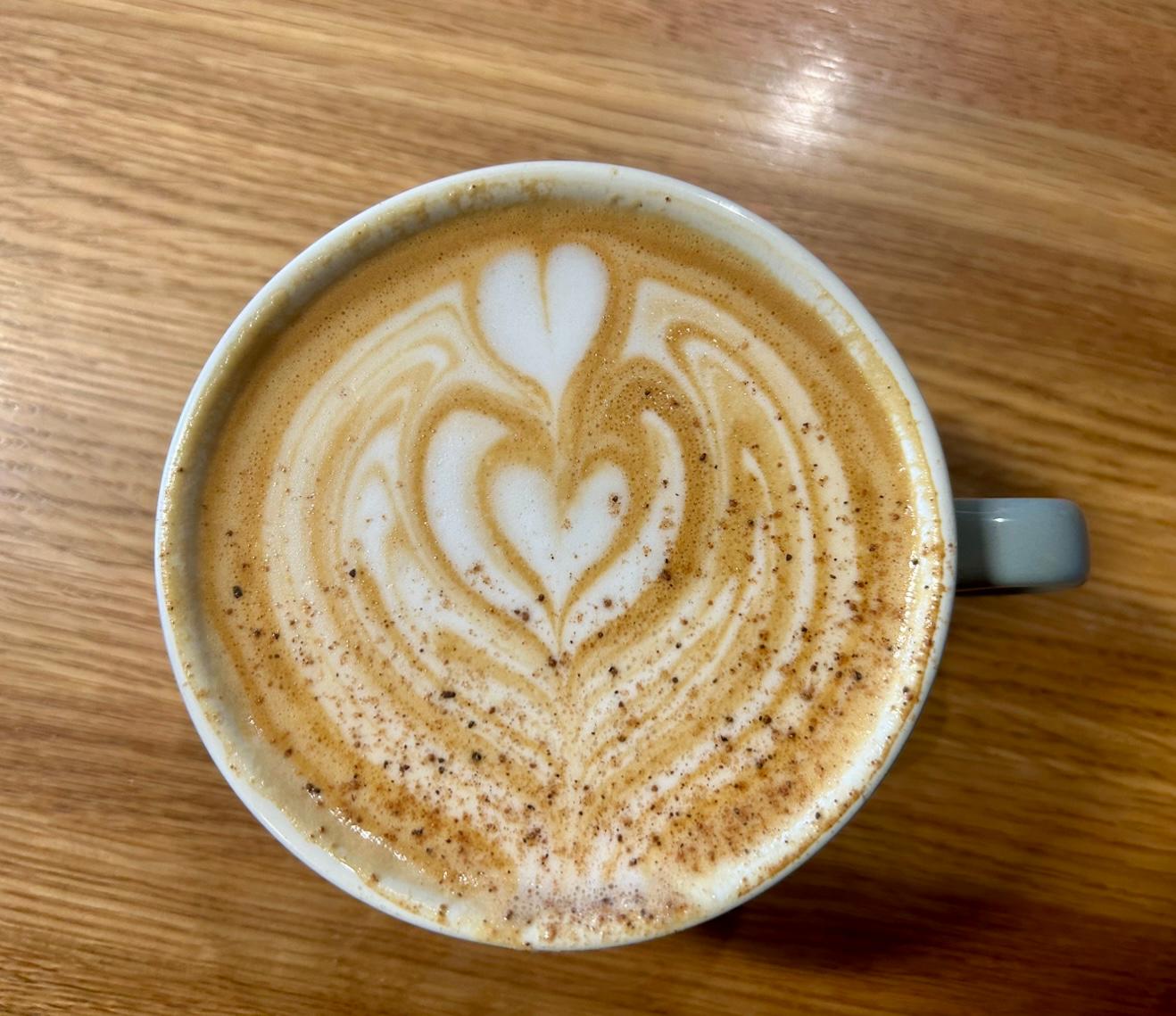
The Power of Adaptability
Recently, I found myself in a meeting where the subject of resiliency was introduced. The
facilitator of this particular meeting used the word in a way I have heard utilized again and again
– and it was in the context of being proud of the work of the team and being ‘resilient in the face
of adversity.’ I have long spoken about the critical differences between being resilient and
surviving. While both concepts might seem similar at first glance—both involve enduring
hardship—there’s a world of difference in how we approach challenges depending on which path
we follow.
When we think of survival, our minds often go to the basics: securing food, shelter, and safety.
The focus of survival is simply staying alive—getting through a crisis, making it to the next day,
the next meal, the next breath. Survivalism is driven by instinct, by an urgent need to escape
danger and keep going, no matter the cost. In moments of great struggle, we all have our
survivalist instincts, and sometimes that is enough. Survivalism often leaves little room for
growth. Its priority is preservation over progress. The constant battle to stay afloat can make the
world feel like a battlefield where every day is a fight for existence. In this state, fear can take
over, and when we’re only surviving, there’s little space for hope, joy, or meaning.
Resilience, on the other hand, offers something more. It’s not just about bouncing back or
making it through adversity—it’s about learning to adapt, to grow through the challenge, to
thrive in the long run, and build skills and tools that best support our forward movement. When
we are resilient, we find ways not just to survive but to live more fully in the face of adversity.
It’s a conscious choice to stand up again, to rebuild after things have fallen apart, and to keep
believing in a better tomorrow. Resilience allows us to see opportunities for transformation
where survivalism might only see obstacles. Resilience is grounded in hope, faith, and a belief in
one’s own capacity for renewal, even after the darkest times.
So many of us have been in survival mode lately. The pressures of life, whether they are
financial, emotional, or spiritual, can make us feel like we’re constantly fighting just to make it
through the day. But I invite you to think about resilience. What does it look like in your life to
embed and build tools and skills, so we not only survive but we thrive? How might you, in the
midst of hardship, find joy, peace, and hope?
Being resilient doesn’t mean denying the difficulty of what we face—it means allowing those
challenges to refine us, rather than define us.
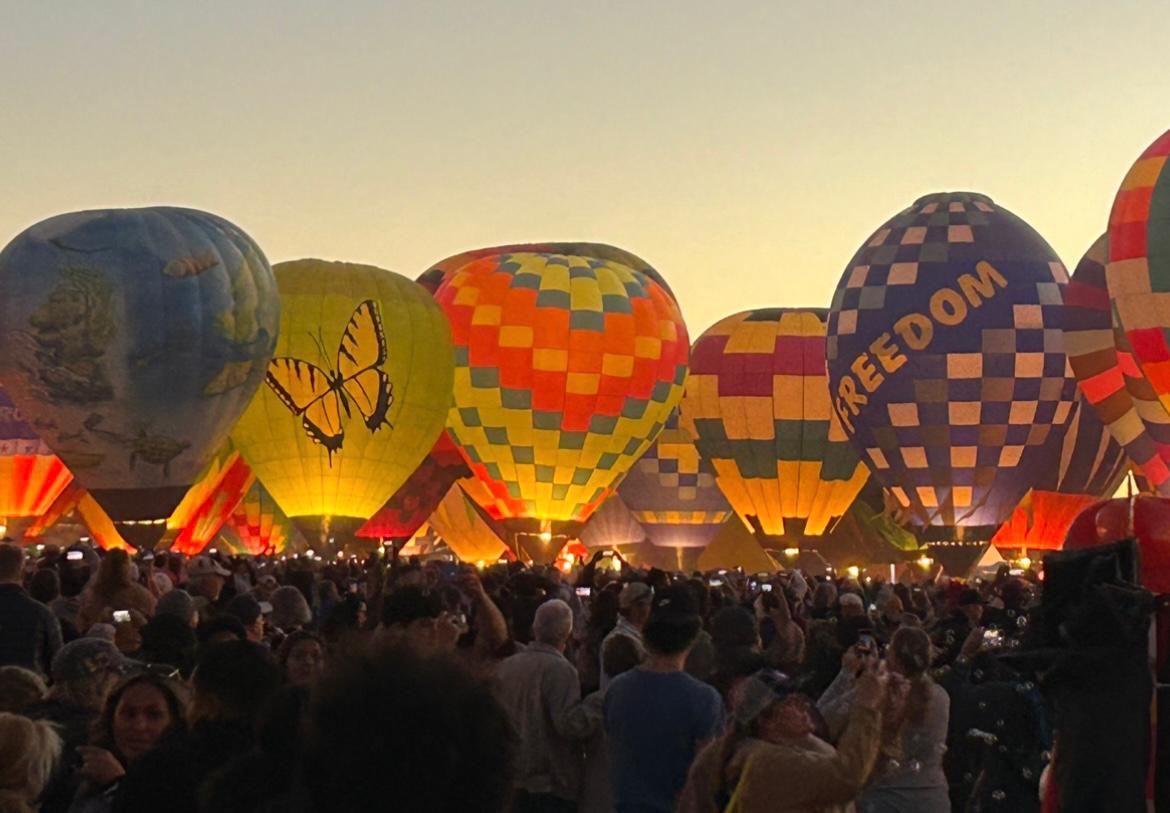
Embracing the Power of Awe
Every mid-October, my daughter and I make an early 4:00am date and we head to the
Albuquerque International Balloon Fiesta. We buddle up, drive in the dark, and are welcomed to
the balloon park to the smell of warm breakfast burritos and pinion coffee – nothing beats this
welcome! This is a special time where the sky over Albuquerque New Mexico transforms into a
living canvas of color, movement, and wonder. Approximately 700 hot air balloons lift off,
filling the crisp desert air with vibrant hues and intricate designs. The Albuquerque International
Balloon Fiesta is not just the world’s largest balloon festival—it’s a celebration of awe, and a
reminder of the magic that exists in our world, if only we stop to take it in.
Awe is a deeply human experience. It’s that overwhelming sense of wonder we feel when we
encounter something vast, beautiful, or beyond comprehension. Whether it’s standing at the edge
of the Grand Canyon, watching the Northern Lights dance across the sky, or, in this case, seeing
the sun rise over a horizon filled with hundreds of floating balloons, awe taps into something
primal within us. It reminds us that we are part of something larger, something wondrous.
The Balloon Fiesta is a perfect setting for awe. Imagine arriving before dawn, bundled up against
the cool autumn air. The field is dark, but the anticipation is palpable. Suddenly, the Dawn Patrol
balloons take off, their glowing orbs lighting up the pre-dawn sky like lanterns. As the sun
begins to rise, hundreds of balloons inflate in waves, their massive forms towering above you.
The Mass Ascension – when all the balloons take flight – is a breathtaking sight. The sky becomes
a kaleidoscope of color, as balloons of every shape and size gently float upward, some shaped
like animals and other special shapes, others like traditional teardrops.
But it’s not just the visual spectacle that makes the Balloon Fiesta awe-inspiring. There’s the
gentle whoosh of burners igniting, the sound of a thousand people collectively gasping as the
first balloon takes off, and the feeling of being surrounded by people from all over the world, all
here to share in this singular experience. The event engages all the senses, immersing you fully
in the moment.
In a world that often feels heavy with responsibilities, challenges, and noise, it’s easy to become
disconnected from our sense of wonder. Yet, it’s moments of awe that remind us of the beauty
and vastness of life. These moments have the power to inspire, to heal, and to reignite our
curiosity. Awe is not a frivolous emotion; it’s essential for our well-being.
The Albuquerque International Balloon Fiesta is a celebration of awe in its purest form. It’s a
reminder of the importance of taking a step back from the rush of daily life to appreciate the
beauty that surrounds us. As you watch the balloons float gracefully into the sky, you’re
reminded that there’s still magic in the world—and that we’re all a part of it.
So, whether you’re able to attend the Balloon Fiesta or simply find awe in the world around you,
take a moment to let that feeling of wonder wash over you. Embrace it. Nurture it. It is in those
moments of awe, we not only find joy, but a deeper connection to the world and to ourselves.


